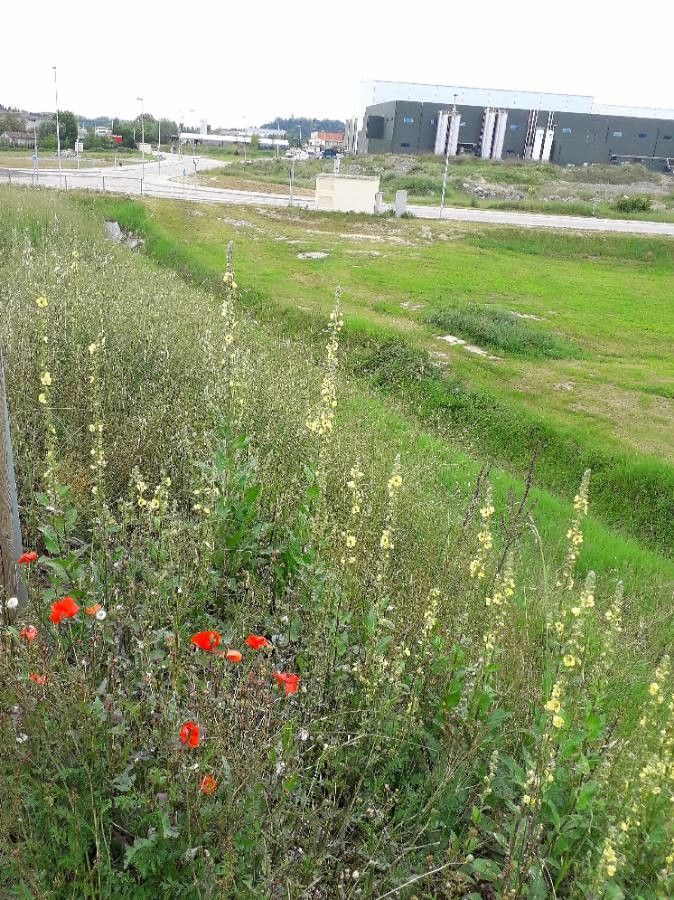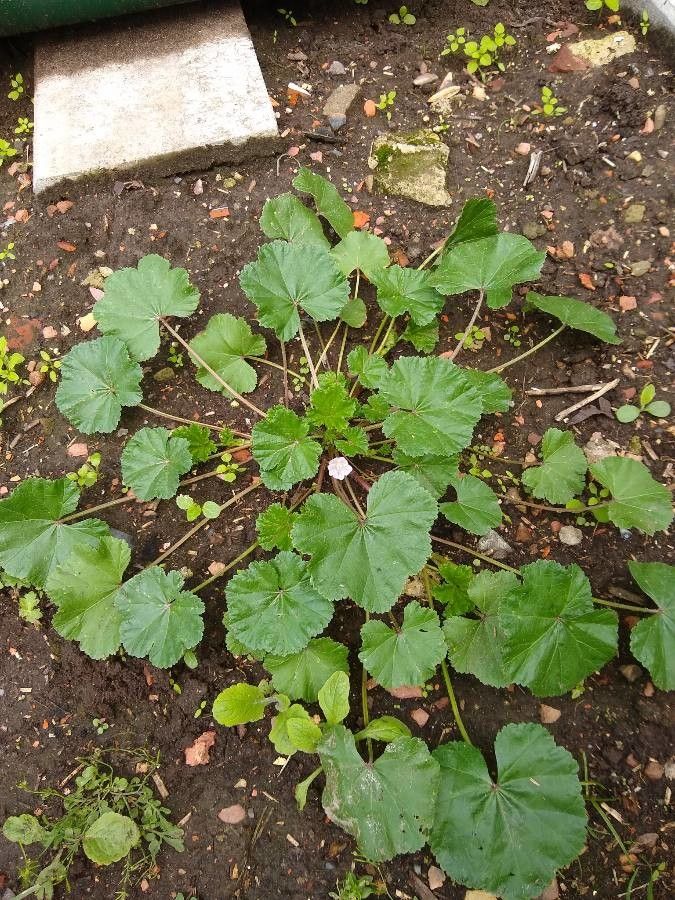## European Larch: A Deciduous Conifer Gem
The European Larch, *Larix decidua*, stands out amongst conifers for its unique deciduous nature. Unlike its evergreen cousins, this member of the Pinaceae family sheds its needles annually, revealing a graceful, skeletal beauty in winter. Its stunning golden-yellow autumn foliage precedes this transformation, making it a highly prized ornamental tree for parks and gardens worldwide.
### Habitat and Growth
Native to mountainous regions of central and southern Europe, the European Larch thrives in well-drained soils and enjoys a wide range of conditions. It's incredibly adaptable, tolerating various soil types, from acidic to slightly alkaline, but prefers those that are not waterlogged. These hardy trees can grow to impressive heights, reaching up to 25 meters (82 feet) tall and 10 meters (33 feet) wide, but their growth rate can vary depending on environmental factors.
### Sun Exposure and Soil Needs
European Larches are sun-worshippers, requiring ample sunlight for optimal growth. A location with at least six hours of direct sunlight per day is ideal. While adaptable to various soil types, well-drained soil is crucial; poor drainage can lead to root rot. The soil pH can range from slightly acidic to slightly alkaline.
### Planting and Care
Planting a European Larch is relatively straightforward. Dig a hole twice as wide as the root ball, ensuring good drainage. Gently remove the container, loosen the roots slightly, and place the tree in the hole, ensuring the top of the root ball is level with the surrounding ground. Fill the hole with soil, gently firming it down. Water thoroughly after planting.
Regular watering, especially during dry spells, is essential, particularly for younger trees. While established trees are relatively drought-tolerant, consistent moisture promotes healthier growth. Fertilization isn't usually necessary unless the soil is extremely poor. Pruning is generally minimal, mostly focused on removing dead or diseased branches.
### Pests and Diseases
While generally hardy, European Larches can be susceptible to certain pests and diseases. Larch canker, caused by a fungus, is a significant concern, potentially leading to branch dieback or even tree death. Regular inspection for signs of disease is crucial; early detection and appropriate treatment can help manage infections. Monitoring for common pests like aphids and spider mites is also recommended.
### Uses and Landscape Applications
Beyond their aesthetic appeal, European Larches have practical applications. Their timber is durable and valued in construction and furniture making. In landscaping, they serve as majestic specimen trees, providing visual interest throughout the year. Their feathery needles create a delicate texture, softening harsher architectural lines. They can be used as windbreaks and are also suitable for larger gardens or parks.
The European Larch is a magnificent addition to any landscape that can provide the necessary sunlight and well-drained soil. Its adaptability, stunning autumn color, and unique deciduous nature make it a captivating choice for gardeners and landscape professionals alike.
European Larch: Planting, Care & Guide

Frequently Asked Questions
How to care for a European Larch tree?
Provide ample sunlight, well-drained soil, and regular watering, especially when young. Minimal pruning is needed, primarily to remove dead or diseased branches. Monitor for pests and diseases.
Is European Larch suitable for my garden?
It depends on your garden's conditions. European Larch needs full sun and well-drained soil. If you can provide these, it's a beautiful addition, but consider its mature size before planting.


